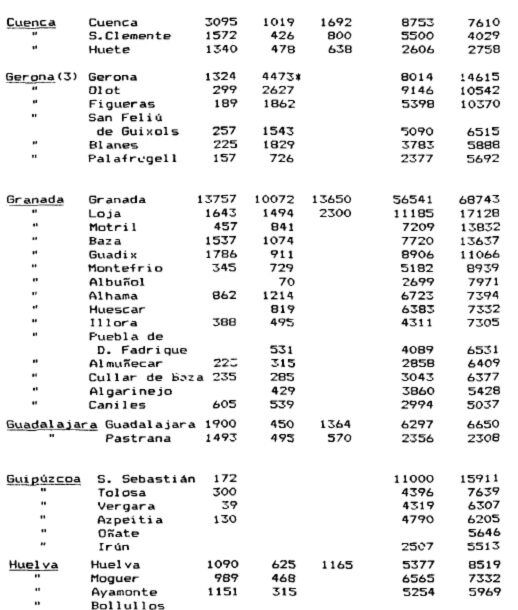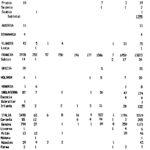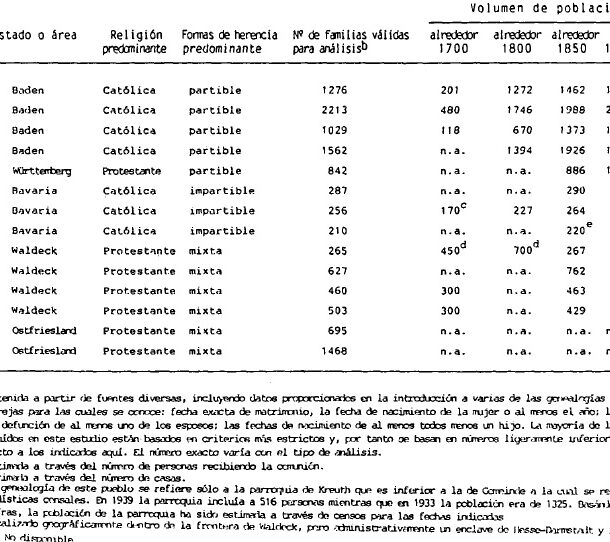
During the Ancien Régime, the more or less abundant sources of information on population movements – and therefore the most frequently used – were the parish registers, mainly of marriages, where the origins of the spouses and, more rarely, of their parents, are usually indicated. In this sense, migrations could take place on the basis of different casuistry: ordinary migrations (seasonal, temporary movements, attraction to urban centres), colonial migrations, forced migrations (repopulation, exile…) or other types of phenomena (nomadism, pilgrimages, tourism or wandering). In general terms, however, Hispanic migratory movements can be classified as follows: internal migrations, emigrations and immigrations from abroad. Within the first field, we find the traditional and constant migrations in the Ancien Régime, where the human surplus left the countryside for the city, or the seasonal migrations of reapers/vineyard workers. In the second section, two events stand out: the departure to the New Continent and the expulsion of the Moors in 1609. Finally, the third section, unlike the internal migrations and the departures abroad, has a growing intensity in the contemporary period. It should be noted that the pace of immigration was not constant throughout the Modern Age, as from 1620 onwards a process of decline began in the migratory cycle. However, in the 18th century, the Gallic influx into Spain persisted, albeit at a weaker rate. In Malaga, in the period 1766-1800, there was a clear predominance of people from the Pyrenean and pre-Pyrenean areas. During this century, the transformations experienced in the labour spectrum accentuated the urban character of immigration.
Collection: Statistics
Project: 3. Rural world and urban world in the formation of the European identity., 4. Family, daily life and social inequality in Europe.
Chronology: XVIII
Scope: Secondary Education, Baccalaureate, University
Link: https://www.adeh.org/revista/1988,%202/JA%20Salas,%20VI,%202,%201988,%20pp%2029-53.pdf
Resource type: Statistics
Format: Table
Source: Salas Ausens, José Antonio, «Movimientos migratorios en la España de la Edad Moderna», Revista de Demografía Histórica, vol. 6, nº2, 1988, pp. 29–53.
Language: Spanish
Date: 1988
Owner: Álvaro Romero González (Modernalia)
Copyright: © José Antonio Salas Ausens © Revista de Demografía Histórica
Abstract: Movements of immigrants to Spain and number of immigrants by origin in 1791
Image
Tags






